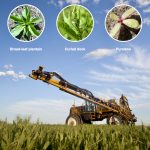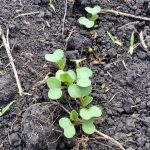Chicago | Reuters — U.S. soybean futures hit a one-week low on Tuesday and grains declined amid pressure from weak financial markets and concerns about inflation, analysts said. A second straight day of losses in equities and jitters about the economy helped drag down soy futures, after prices for the oilseed neared a record high













